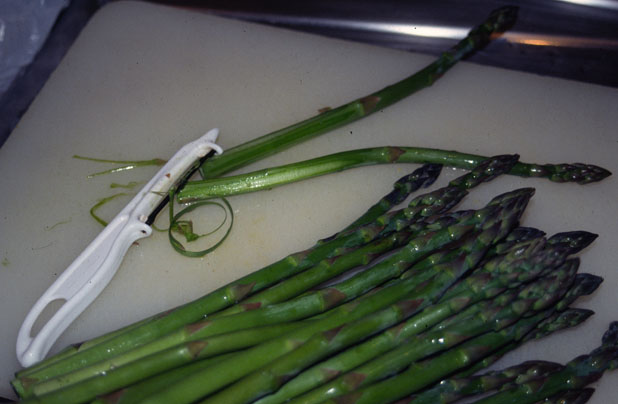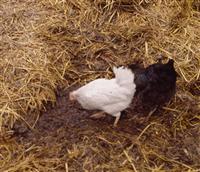 I want to BE MORE SELF SUFFICIENT!
I want to BE MORE SELF SUFFICIENT!
Learn how to be more in tune with nature and self reliant.
- Live healthier
- Take control of your own destiny
- Reduce reliance upon money and services beyond your control
Learn how to live self sufficiently in this modern age and teach other people! With this course, develop your understanding of self sufficiency. Learn about food and nutrition, and making the right decisions about changes in lifestyle; as well as showing you how to do a whole range of practical things such as mud brick building, making crafts, growing  fruit, vegetables, herbs, and other crops; raising poultry, sheep & goats, extending the life of clothing, conserving energy, recycling, simple home medical care and first aid, and lots more.self sufficiency, food and nutrition, and making the right decisions about changes in lifestyle; as well as showing you how to do a whole range of practical things such as mud brick building, making crafts, growing fruit, vegetables, herbs, and other crops; raising poultry, sheep & goats, extending the life of clothing, conserving energy, recycling, simple home medical care and first aid, and lots more.
fruit, vegetables, herbs, and other crops; raising poultry, sheep & goats, extending the life of clothing, conserving energy, recycling, simple home medical care and first aid, and lots more.self sufficiency, food and nutrition, and making the right decisions about changes in lifestyle; as well as showing you how to do a whole range of practical things such as mud brick building, making crafts, growing fruit, vegetables, herbs, and other crops; raising poultry, sheep & goats, extending the life of clothing, conserving energy, recycling, simple home medical care and first aid, and lots more.